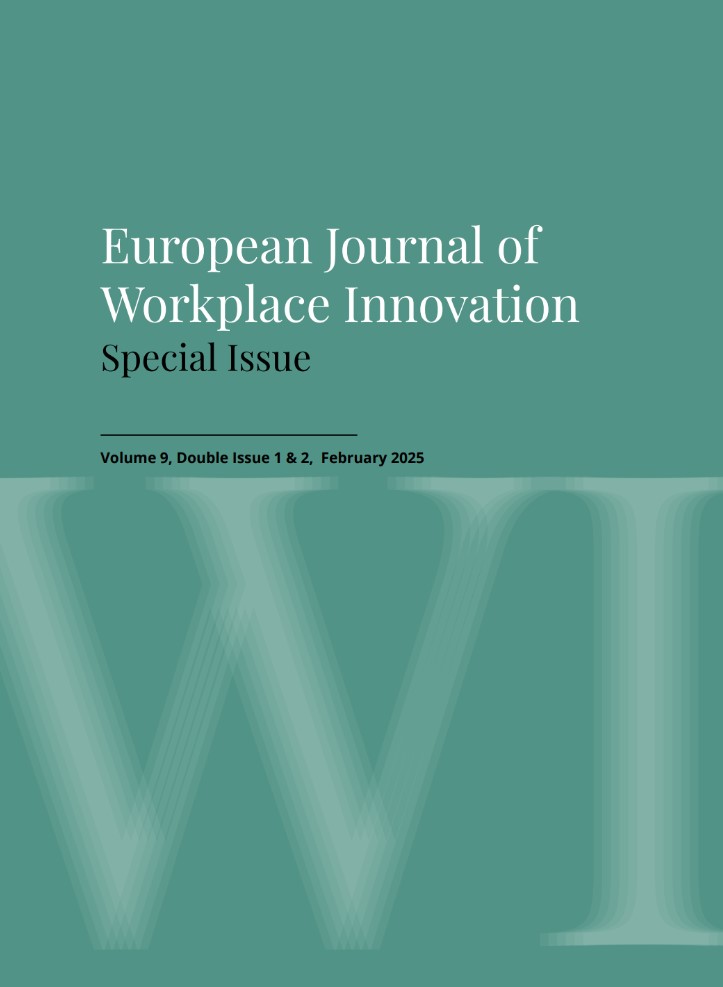What Does it Take to Make a Workplace Just and Green?
Systemic Human Factors Approach
Abstract
Halting environmental degradation requires workplaces to undergo a profound shift towards ecologically sustainable work that challenges customary growthoriented thinking and holds justice and the well-being of workers as a core value. Structures and practices of workplaces provide a critical link through which this transition could be achieved. However, there is a lack of clear and systemic definition and an easily applicable model to guide workplaces to become both just and green. In this paper, we aim to define the key characteristics of a just green workplace by using human factors/ergonomics (HF/E) as the underlying theoretical approach. Humans are positioned as the core component across all system levels. Thus, we posit that the HF/E approach can serve as a fundamental building block for just green workplaces. It helps shift the focus of the currently prevailing technology-, administration- and (de)growth-oriented green transition towards one that is more human-centric, contextually aware, as well as competence- and developmentally oriented. We apply a HF/E Tool to two case examples from different sectors to demonstrate the systemic, underlying factors of just green work at the individual, work, group, and organisational levels. Based on the findings, we present criteria and recommendations for a just green workplace. In addition, the value and development needs of the HF/E approach in fostering sustainability are discussed.
Keywords: just green transition; human factors; systemic thinking; change; environment;
sustainability; organisational development
Authors who publish with this journal agree to the following terms:
- Authors retain copyright and grant the journal right of first publication with the work simultaneously licensed under a Creative Commons Attribution License that allows others to share the work with an acknowledgement of the work's authorship and initial publication in this journal.
- Authors are able to enter into separate, additional contractual arrangements for the non-exclusive distribution of the journal's published version of the work (e.g., post it to an institutional repository or publish it in a book), with an acknowledgement of its initial publication in this journal.
- Authors are permitted and encouraged to post their work online (e.g., in institutional repositories or on their website) prior to and during the submission process, as it can lead to productive exchanges, as well as earlier and greater citation of published work (See The Effect of Open Access).

